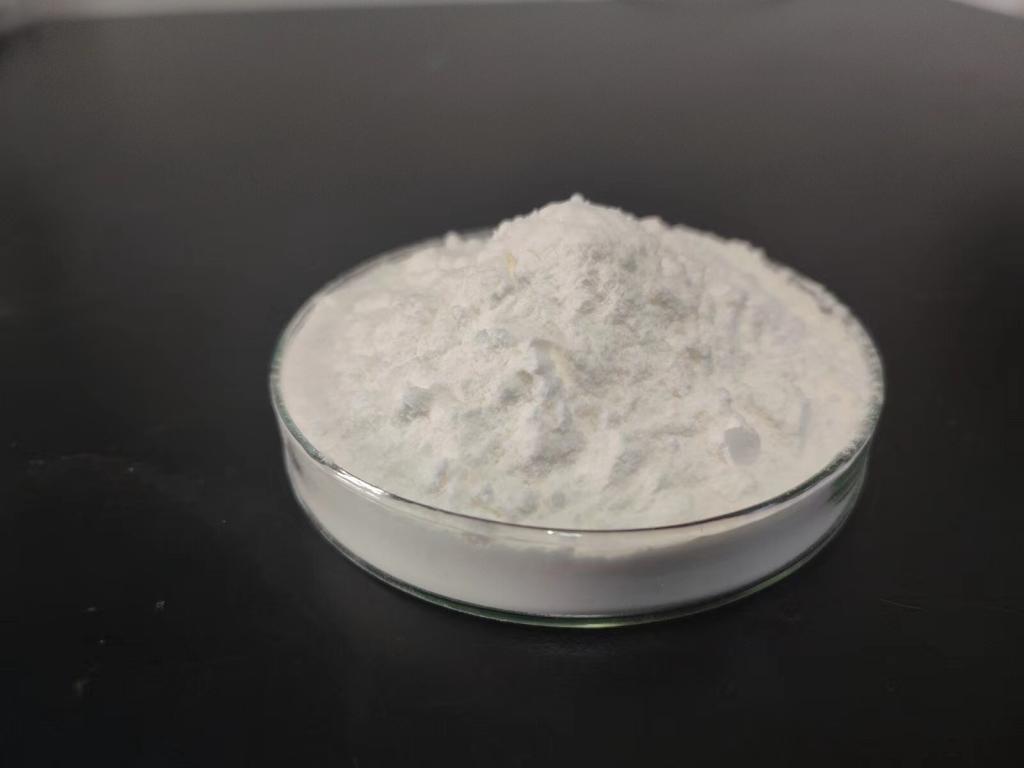Tel:+8618231198596

News
 CONTACT
CONTACT
 CONTACT
CONTACT
- Linkman:Linda Yao
- Tel: +8618231198596
- Email:linda.yao@dcpharma.cn
- Linkman:CHARLES.WANG
- Department:Overseas
- Tel: 0086 0311-85537378 0086 0311-85539701
News
Current Position:
Home >
News
>Exploring the use of ε-Polylysine hydrochloride in water treatment and sanitation.
Exploring the use of ε-Polylysine hydrochloride in water treatment and sanitation.
TIME:2024-04-19
Properties of ε-Polylysine Hydrochloride
Antimicrobial Activity: ε-Polylysine hydrochloride exhibits broad-spectrum antimicrobial activity against bacteria, viruses, and fungi. Its efficacy stems from its ability to disrupt microbial cell membranes, leading to cell lysis and death.
Biodegradability: Unlike some synthetic chemical disinfectants, ε-polylysine hydrochloride is biodegradable, breaking down into harmless byproducts over time. This feature reduces environmental impact and aligns with sustainability goals.
Stability: ε-Polylysine hydrochloride is stable over a wide range of pH and temperature conditions, making it suitable for various water treatment applications.
Low Toxicity: Studies have shown that ε-polylysine hydrochloride exhibits low acute toxicity to humans and aquatic organisms, enhancing its safety profile for water treatment purposes.
Applications of ε-Polylysine Hydrochloride in Water Treatment and Sanitation
Disinfection: ε-Polylysine hydrochloride can be used as a disinfectant in water treatment plants to eliminate microbial contaminants, including bacteria, viruses, and algae. Its broad-spectrum activity makes it effective against a wide range of pathogens, contributing to improved water quality and safety.
Biofilm Control: Biofilms, microbial communities encased within a protective matrix, pose challenges in water distribution systems and storage facilities. ε-Polylysine hydrochloride can disrupt biofilm formation and inhibit microbial growth, reducing the risk of biofouling and contamination.
Drinking Water Treatment: ε-Polylysine hydrochloride can be incorporated into drinking water treatment processes to ensure microbial safety. Its effectiveness against pathogenic bacteria and viruses helps meet regulatory standards for potable water quality.
Wastewater Treatment: In wastewater treatment plants, ε-Polylysine hydrochloride can be applied as a disinfectant to inactivate pathogens before effluent discharge. Its biodegradability and low toxicity minimize environmental impact while ensuring compliance with discharge regulations.
Recreational Water Facilities: Swimming pools, spas, and recreational water facilities require effective disinfection to prevent waterborne illnesses. ε-Polylysine hydrochloride offers a non-toxic alternative to traditional chlorine-based disinfectants, providing reliable microbial control without the associated odor or irritation.
Benefits of ε-Polylysine Hydrochloride in Water Treatment
Effective Microbial Control: ε-Polylysine hydrochloride provides robust antimicrobial activity against a broad spectrum of pathogens, ensuring comprehensive microbial control in water treatment applications.
Environmental Compatibility: As a biodegradable and low-toxicity compound, ε-Polylysine hydrochloride minimizes environmental impact while meeting regulatory requirements for water quality and safety.
Reduced Chemical Residue: Unlike some chemical disinfectants, ε-Polylysine hydrochloride leaves minimal chemical residue in treated water, reducing the need for additional filtration or dechlorination steps.
Non-Corrosive: ε-Polylysine hydrochloride does not corrode water distribution infrastructure or equipment, contributing to the longevity and reliability of water treatment systems.
Odor Control: The use of ε-Polylysine hydrochloride can mitigate unpleasant odors associated with traditional disinfectants, enhancing the overall quality of treated water and improving user experience.
Challenges and Considerations
While ε-Polylysine hydrochloride offers numerous advantages for water treatment and sanitation, several challenges and considerations warrant attention:
Regulatory Approval: Regulatory approval for the use of ε-Polylysine hydrochloride in water treatment may vary across jurisdictions, requiring compliance with specific regulations and standards.
Cost Considerations: The cost of ε-Polylysine hydrochloride relative to traditional disinfectants may influence its adoption in water treatment facilities, necessitating economic evaluations and cost-benefit analyses.
Residual Effects: Although ε-Polylysine hydrochloride breaks down into harmless byproducts, residual effects on water quality and ecosystem dynamics require further investigation to ensure long-term sustainability.
Public Perception: Educating stakeholders, including water treatment operators and the general public, about the safety and efficacy of ε-Polylysine hydrochloride is essential to foster acceptance and trust in its use for water treatment and sanitation.
Conclusion
ε-Polylysine hydrochloride represents a promising innovation in water treatment and sanitation, offering effective microbial control with minimal environmental impact. Its broad-spectrum antimicrobial activity, biodegradability, and low toxicity make it a compelling alternative to traditional chemical disinfectants. By addressing water quality challenges in diverse applications, from drinking water treatment to wastewater management, ε-Polylysine hydrochloride contributes to safeguarding public health and promoting sustainable water resource management. Continued research, regulatory support, and stakeholder engagement are essential for maximizing the potential benefits of ε-Polylysine hydrochloride in water treatment and sanitation.
- Tel:+8618231198596
- Whatsapp:18231198596
- Chat With Skype







